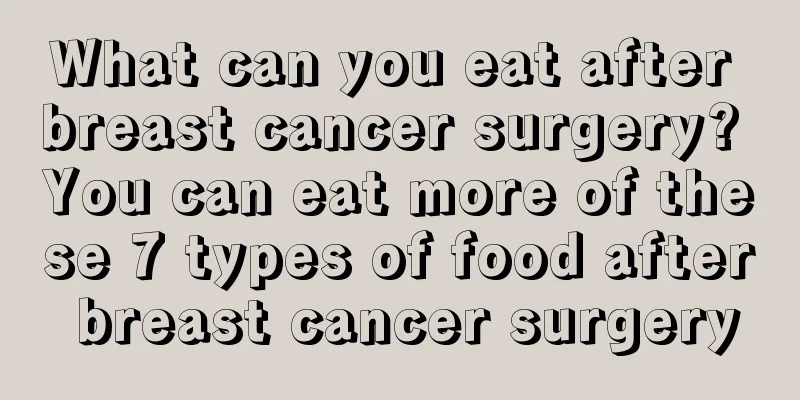What is the function of blood sugar?

|
Blood sugar is the most important tissue component of the human body and a source of physical energy. Most people need sugar every day to provide internal organs for absorption to keep the body in a balanced state. It can also regulate the endocrine system and has a beneficial effect on the nerves. If the blood sugar level in the body is low, it can easily lead to malnutrition, which is very harmful to health. blood sugar Glucose in the blood is called blood glucose (Glu). Glucose is an important component of the human body and an important source of energy. A normal human body needs a lot of sugar every day to provide energy and power the normal functioning of various tissues and organs. Therefore, blood sugar must be maintained at a certain level to meet the needs of various organs and tissues in the body. In normal people, the production and utilization of blood sugar are in a state of dynamic equilibrium and maintained at a relatively stable level. This is because the source and destination of blood sugar are roughly the same. The sources of blood sugar include: ① food digestion and absorption; ② decomposition of glycogen stored in the liver; ③ conversion of fat and protein. The paths of blood sugar include: ① oxidation and conversion into energy; ② conversion into glycogen and storage in the liver, kidneys and muscles; ③ conversion into other nutrients such as fat and protein and storage. The pancreatic islets are the main organs in the body that regulate blood sugar concentrations, and the liver stores glycogen. In addition, blood sugar concentration is also regulated by nerves and endocrine hormones. principle Under the catalysis of glucose oxidase, glucose is oxidized to produce gluconic acid and release hydrogen peroxide. Hydrogen peroxide releases oxygen in the presence of peroxidase and chromogenic receptors, oxidizing chromogens into red quinone compounds. At 505nm, the amount of quinone produced is proportional to the amount of glucose. Clinical significance 1. Increase (1) Physiological increase: 1 to 2 hours after a meal, after glucose injection, when the mood is tense, adrenaline secretion increases, and after the injection of adrenaline, blood sugar will temporarily increase. (2) Pathological increase: various types of diabetes, chronic pancreatitis, myocardial infarction, hyperthyroidism, hyperadrenalism, intracranial hemorrhage, etc. 2. Reduce (1) Physiological decrease: common in hunger, strenuous exercise, after insulin injection, pregnancy, breastfeeding and taking hypoglycemic drugs. (2) Pathological decrease: commonly seen in pancreatic islet cell tumors, abnormal glucose metabolism, severe liver disease, hypopituitarism, adrenal insufficiency, hypothyroidism, long-term malnutrition, excessive insulin injection, etc. Normal reference range Fasting: 3.92~6.16mmol/L (oxidase method or hexokinase method). |
<<: What are the side effects of hpv vaccine?
>>: What is the function of quicklime?
Recommend
What are the early dangers of bone cancer
For patients with bone cancer, active treatment i...
Prevention and treatment of complications of radiotherapy for nasopharyngeal carcinoma
Prevention and treatment of complications of radi...
Why does my belly button hurt when I urinate
Urination is something the human body needs to do...
How long can one live if nasopharyngeal carcinoma turns into lymphoma
The survival time after nasopharyngeal carcinoma ...
Can people with bad stomach drink beer?
In today's society, everyone must be familiar...
What is the reason for heavy calves
If you usually feel that your calves are heavy, i...
How many years does it take for a small nodule to develop into lung cancer
The time it takes for a small nodule to develop i...
Are there many hospitals that treat pancreatic cancer?
The selection criteria for pancreatic cancer hosp...
How to remove mites from the mat
In the summer, many people like to sleep on a coo...
Precautions for external use of potassium permanganate solution
Potassium permanganate solution is generally well...
Elderly male smokers who lose their voice should be alert to laryngeal cancer
Mr. Liu is a true writer. He has published more t...
Wisdom teeth are inflamed but I want to remove them immediately
In fact, the wisdom teeth of most people grow in ...
How to treat intestinal wall thickening_How to treat intestinal wall thickening
The intestines play a great role in assisting our...
Can I sleep on my back during late pregnancy?
In the late pregnancy, the pregnant woman's b...
What are the cholesterol-lowering drugs
High cholesterol is closely related to many habit...









